Aspen Provides Technical Support for Preparation and Completion of the “SB 4” Environmental Impact Report
Since the fall of 2013, Aspen has been working with the California Department of Conservation, its Division of Oil, Gas and Geothermal Resources (DOGGR), and the California Natural Resources Agency to prepare an Environmental Impact Report (EIR) entitled “Analysis of Oil and Gas Well Stimulation Treatments in California,” which is more familiarly referred to as the “SB 4” EIR. The EIR was a highly visible document that attracted intense interest at local, State, and national levels. The Final EIR was certified by the State Oil and Gas Supervisor, Dr. Steven R. Bohlen, on July 1, 2015, who noted in his Certification Statement that the document is “a rare, and possibly unique” California Environmental Quality Act (CEQA) document. We fully agree with Dr. Bohlen’s assessment, and are both thrilled and honored to have been such an integral part of its preparation! The distinctive nature of the document rests not only in the fact that it was mandated by statute without any accompanying “proposed project” that could be defined at a site-specific level of analysis, but also because its certification did not require any action by DOGGR or any other public agency. Further, the document analyzed DOGGR’s proposed permanent regulations for well stimulation treatments, which underwent their public review, revision, and decision making process simultaneously to prepare the Draft EIR.
The EIR was required as part of Senate Bill 4 (SB 4), which was authored by State Senator Fran Pavley, et al., and signed into law by Governor Edmund G. Brown Jr. on September 20, 2013. SB 4 established a comprehensive regulatory program for oil and gas well stimulation treatments. DOGGR was required to prepare and certify an EIR on or before July 1, 2015 to “provide the public with detailed information regarding any potential environmental impacts of well stimulation in the state.” For the purposes of the EIR, these stimulation treatments include hydraulic fracturing, acid fracturing, and acid matrix stimulation as applied to any oil and/or gas well drilled either prior to, or after January 1, 2014.
The EIR addresses 24 subjects at a programmatic level of analysis, including offshore resources in State waters, for well stimulation treatments both within and outside of existing oil and gas fields. The EIR additionally evaluates three oil and gas fields in greater detail than the statewide analysis, including the Wilmington, Inglewood and Sespe Oil and Gas Fields. Development of the EIR’s technical scope and approach, its “Project Description,” and the description of the “project’s” alternatives were all highly involved and complex processes that required careful consideration of the concerns expressed by several State and local agencies, stakeholders, and special interest groups, as well as DOGGR’s future use of the document for permitting purposes. Exceptional flexibility and fluidity were also essential to the document’s preparation to address numerous independent yet interrelated activities that continued to evolve throughout the Draft and Final EIR’s preparation, such as – but not limited to – the year-long 2014 rulemaking process and adoption of DOGGR’s permanent regulations for well stimulation treatments, ongoing promulgation of draft and final regulations for well stimulation treatments by other State agencies, the completion of other State and national scientific studies for well stimulation treatments, and the initiation of new rulemaking for DOGGR’s Underground Injection Control Program.
In all, preparation of the document involved a team of over 100 technical analysts, five public scoping meetings on the EIR’s content, six public meetings on the conclusions of the Draft EIR, two meetings with Governor Brown, numerous meetings with several of DOGGR’s “sister” State agencies as well as other stakeholders, and responses to nearly 1,100 comments on the Draft EIR for the purposes of its finalization. The Final EIR is made up of three volumes totaling an estimated 5,690 pages of text plus a companion Map Book. It concludes that, contingent on site-specific conditions, well-stimulation treatments could potentially cause significant and unavoidable impacts on nine subject areas, including:
Aesthetics
Air Quality
Biological Resources (Terrestrial Environment)
Cultural Resources
Geology, Soils, and Mineral Resources
Greenhouse Gas Emissions
Land Use and Planning
Risk of Upset/Public and Worker Safety
Transportation and Traffic
The Final EIR identifies 110 mitigation measures for 19 of the subjects that were evaluated. Seven of these mitigation measures will be put forward for future rulemaking under the Administrative Procedure Act, including new regulations specific to seismology and active fault zones, hazards and hazardous materials, groundwater resources, and surface water resources. The Final EIR can be viewed on DOGGR’s website.
It is noteworthy, too, that preparation of the EIR ran parallel to the completion of an “Independent Scientific Study,” which was also mandated by SB 4. Although an “in kind” comparison between the Independent Scientific Study and the EIR cannot be made because of the Study itself did not have to follow the statutory requirements of CEQA, the findings and recommendations of the Study do, indeed, mirror many of the EIR’s subject-specific analyses, their associated conclusions, and the intent of their recommended mitigation measures.


